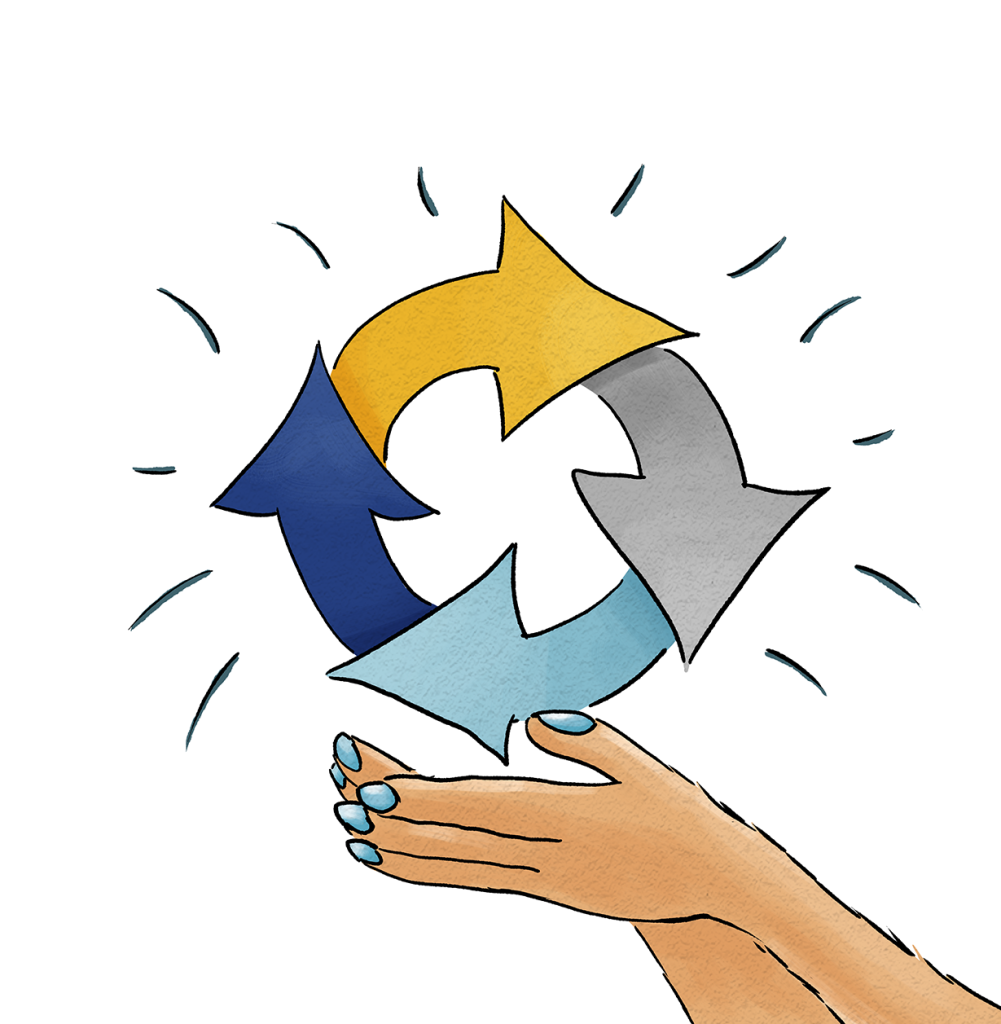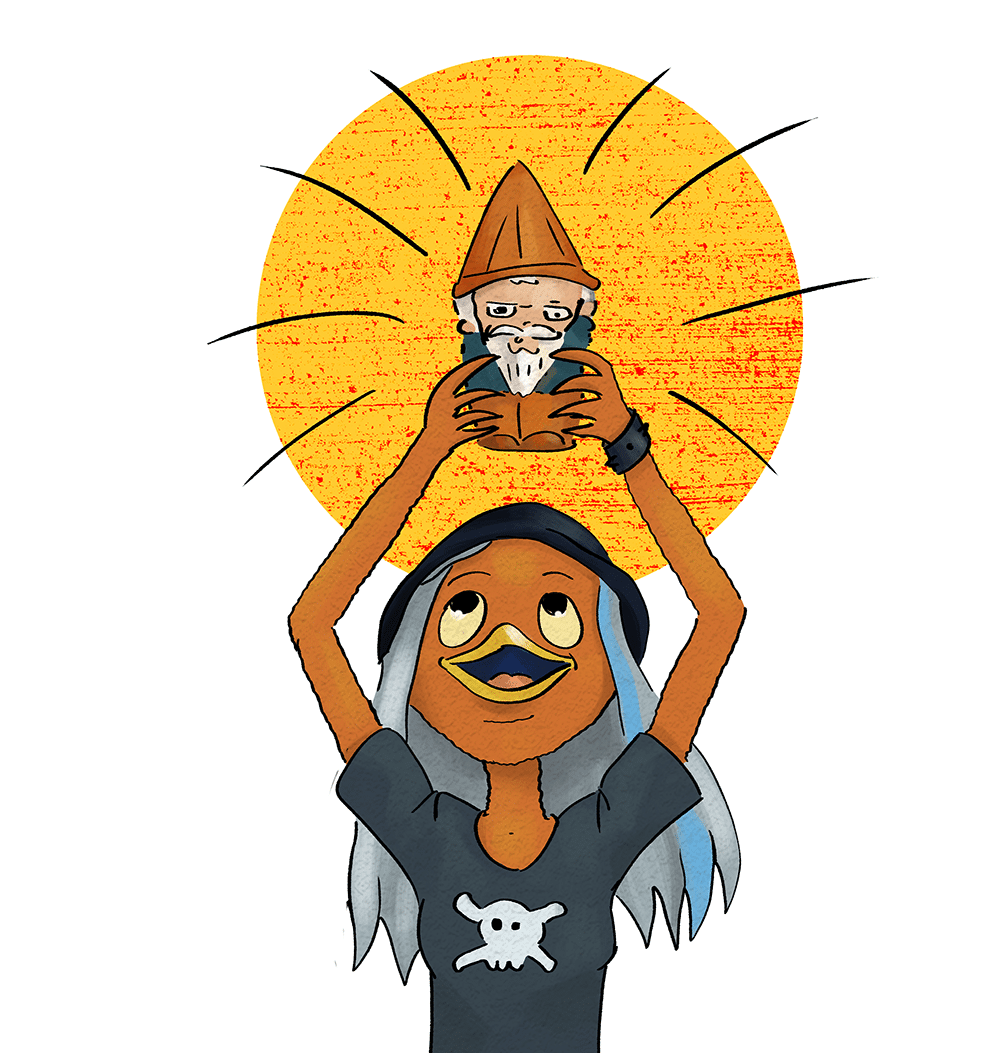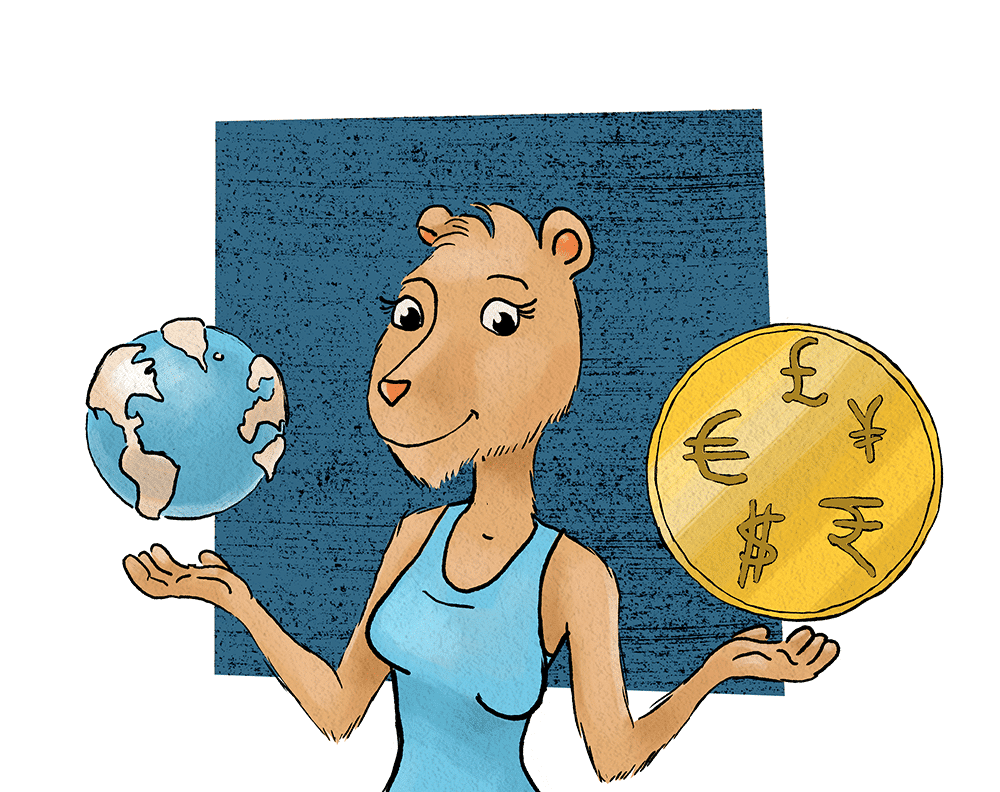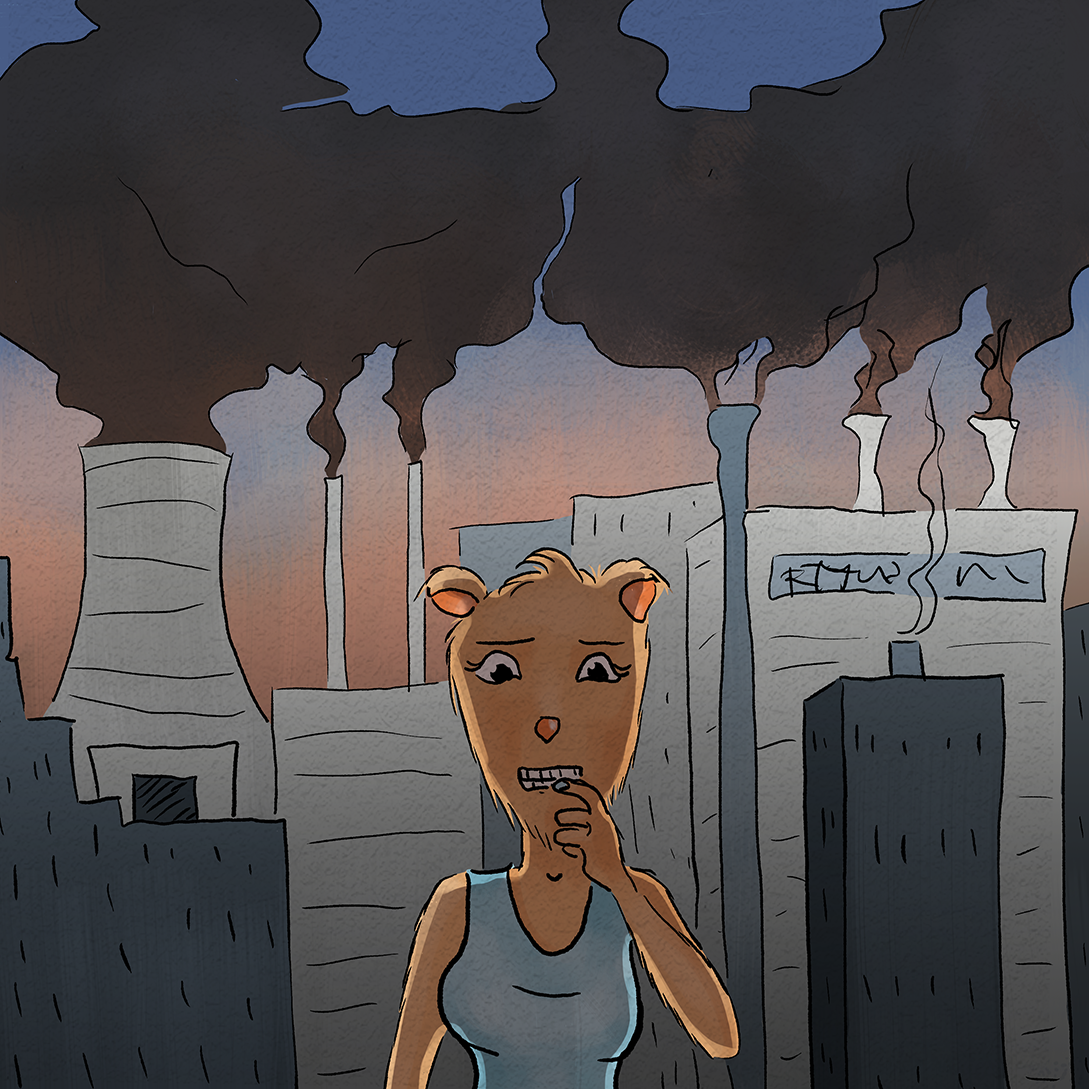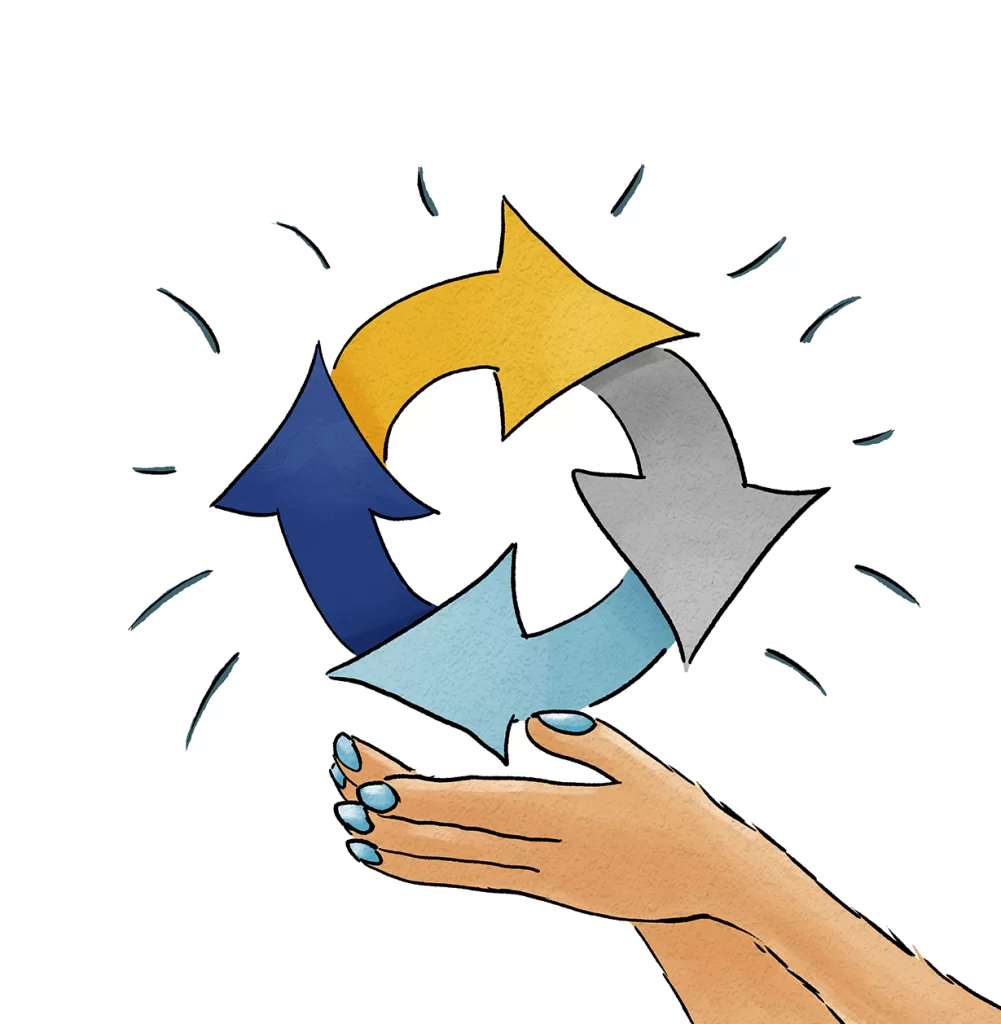
Your small manufacturing business is doing well! You’re making things people want and selling them at a profit!
But something is nagging at the back of your mind.* Is your manufacturing process as environmentally conscious as it can be?
Everybody knows that making real products in the physical world has to come at some environmental expense. And most of us are ok with the fact that decision-making in the real world involves some tradeoffs. Still, there are plenty of things we can do to minimize the environmental impact of our manufacturing.
Princess Capybara started by simply improving the efficiency of her building and offering her employees incentives to make their commutes a little greener.
If you’re a regular PCat reader, you know that Princess Capybara is a serial entrepreneur who currently runs a small business molding items out of concrete.
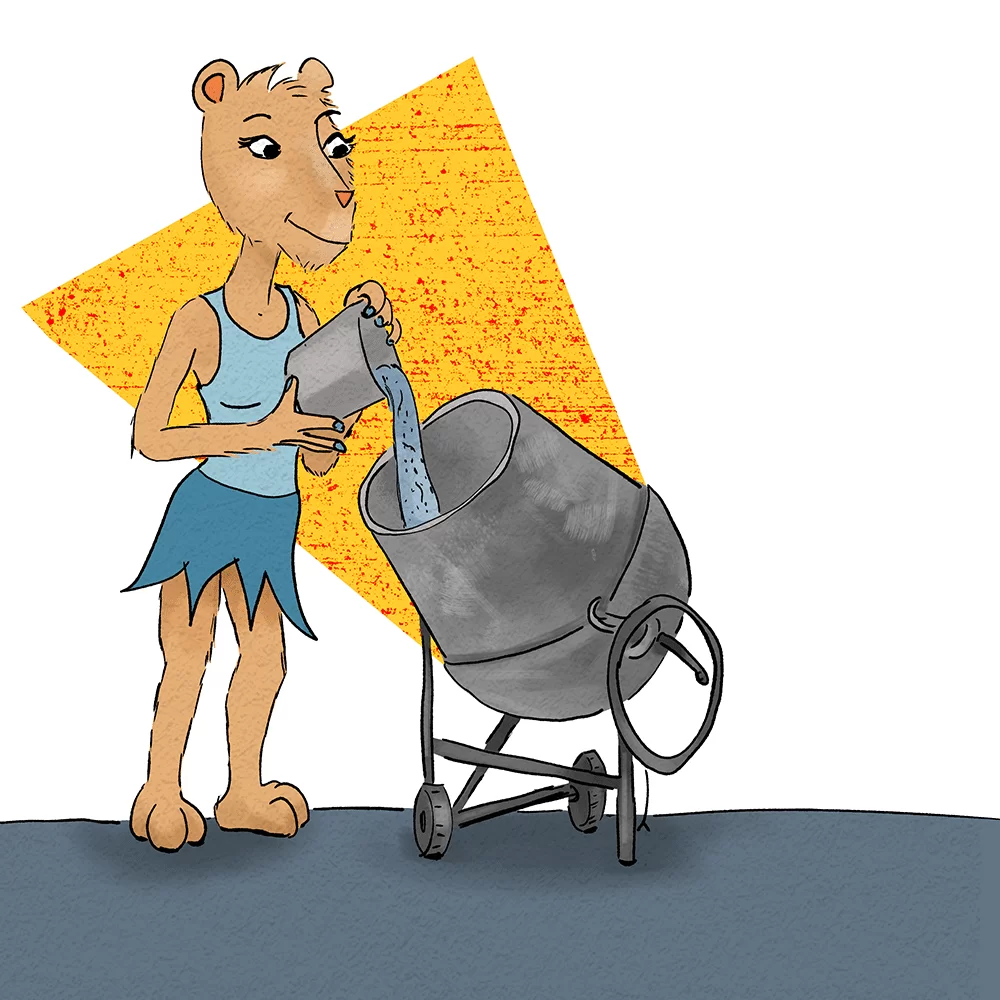
And if you read our last article you know that she recently decided to take some steps towards environmental friendliness. She started with her carbon footprint. Once the ball got rolling, she decided to research additional things she could do.
And she stumbled across the concept of
Product Life Cycles
Product life cycle basically means, what happens to your product when people are done using it? Does it get composted? Is recycling a viable option?
Princess Capybara decided to start by looking at her most popular product, the Secret Wine Glass.
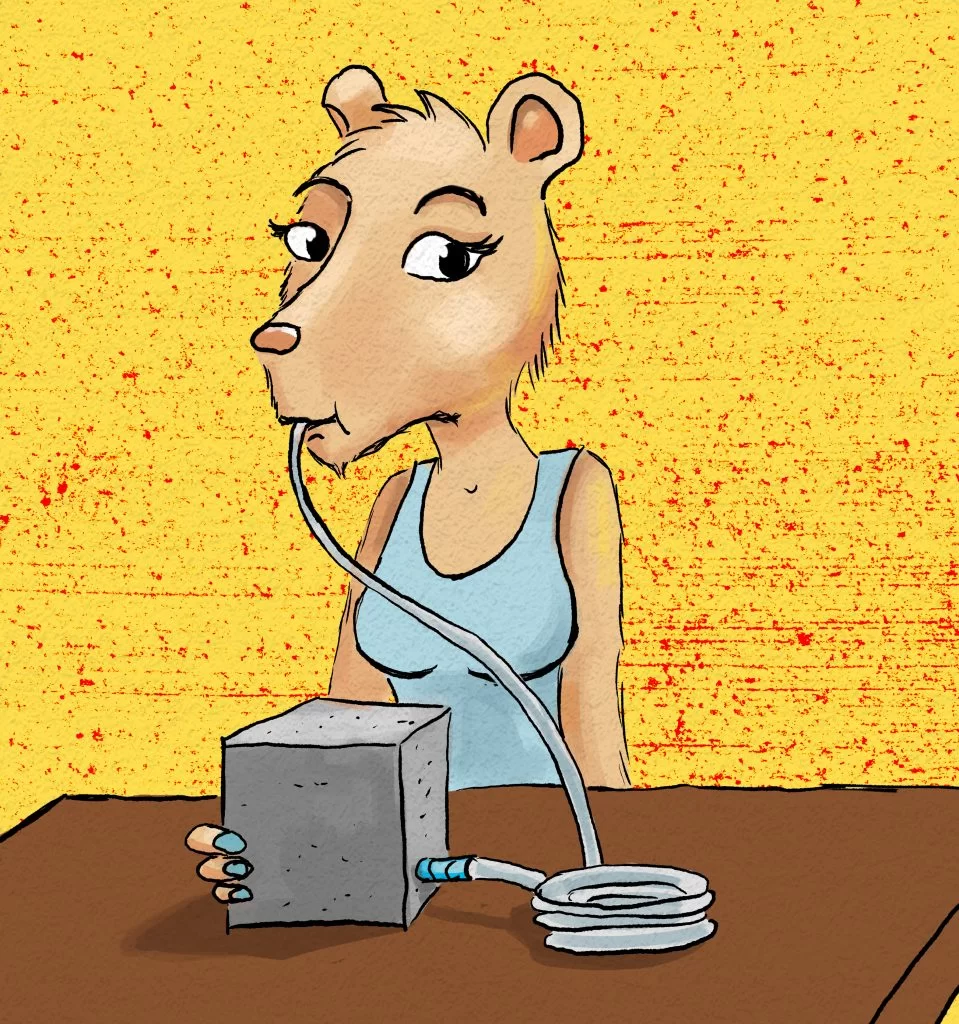
Unfortunately, her Secret Wine Glasses were often being simply tossed in a landfill once they broke.
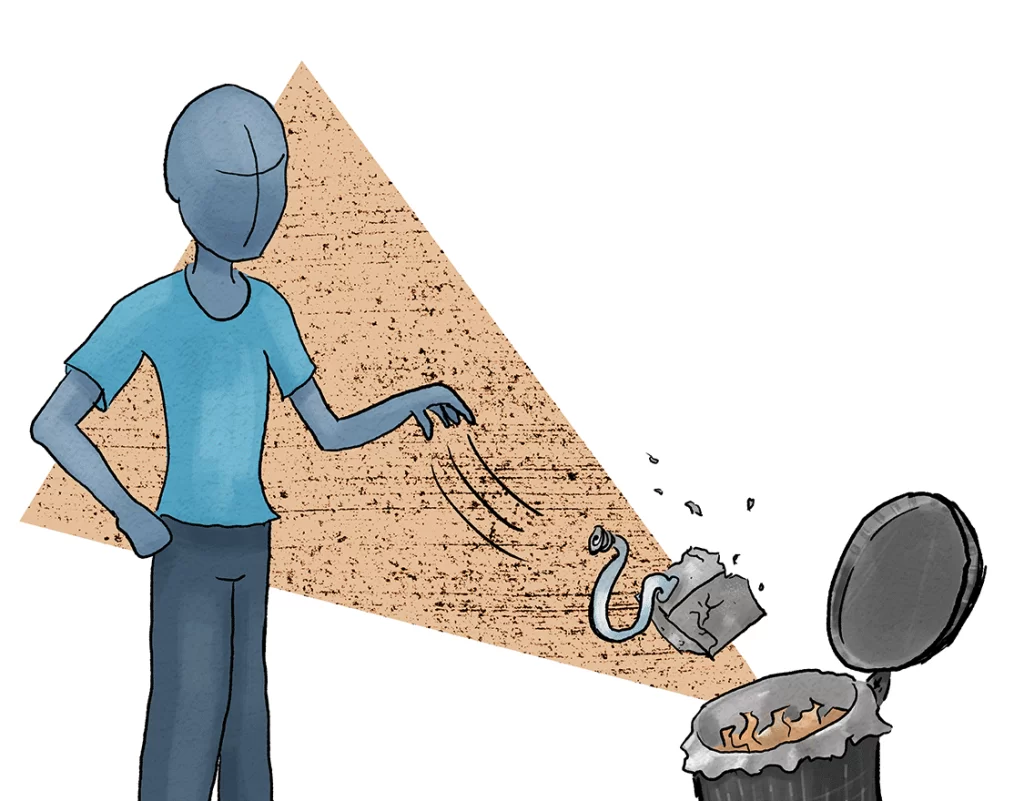
Luckily, Princess Capybara’s research led her to another idea:
Upcycling!
Upcycling basically means taking a discarded thing and making it into a new thing.
This helps the environment not so much in terms of carbon footprint, but in keeping discarded products out of landfills and in making it possible to manufacture new items without needing as many new raw materials.
In Princess Capybara’s case, she started including a note with her Secret Wine Glasses encouraging people to ship any broken Secret Wine Glasses back to her in exchange for a discount code for future purchases.
And with those broken SWG’s, she made….
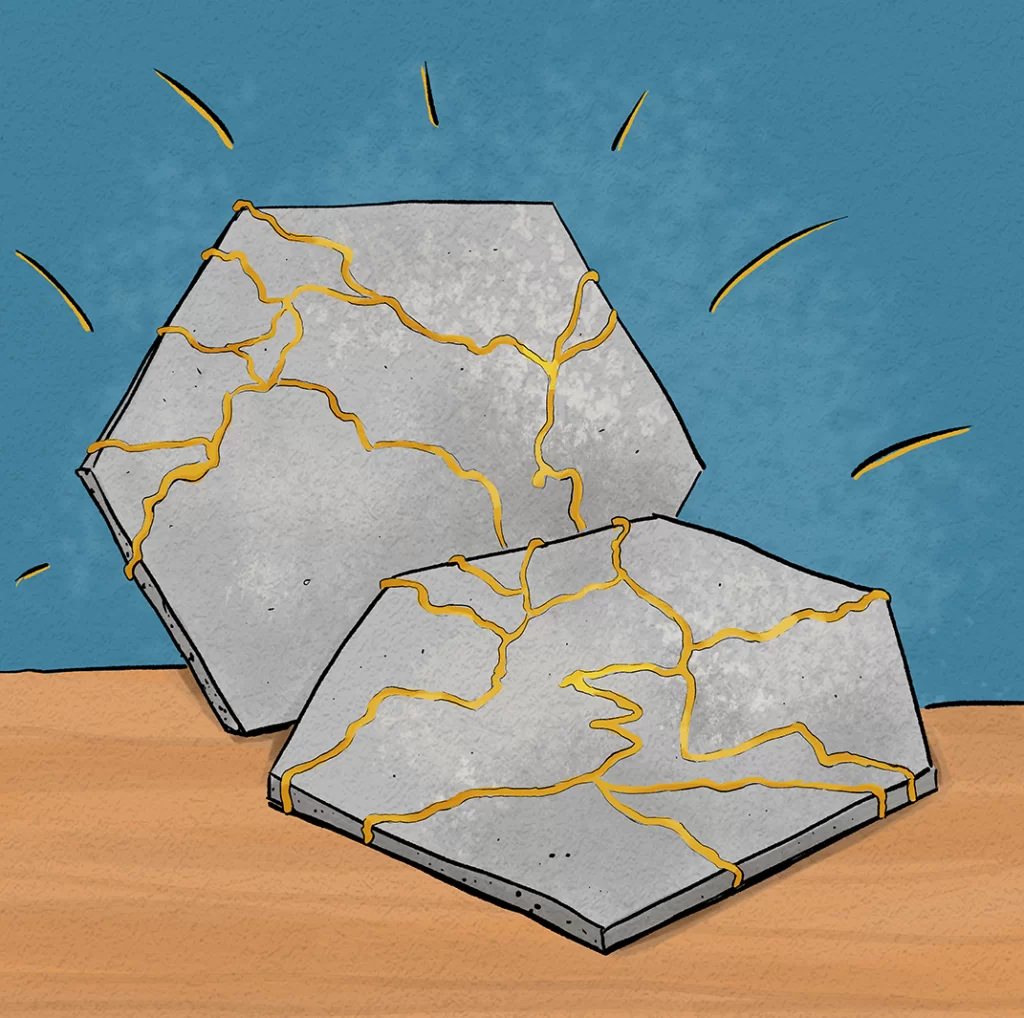
The coasters were a huge hit and a great addition to Princess Capybara’s product line.
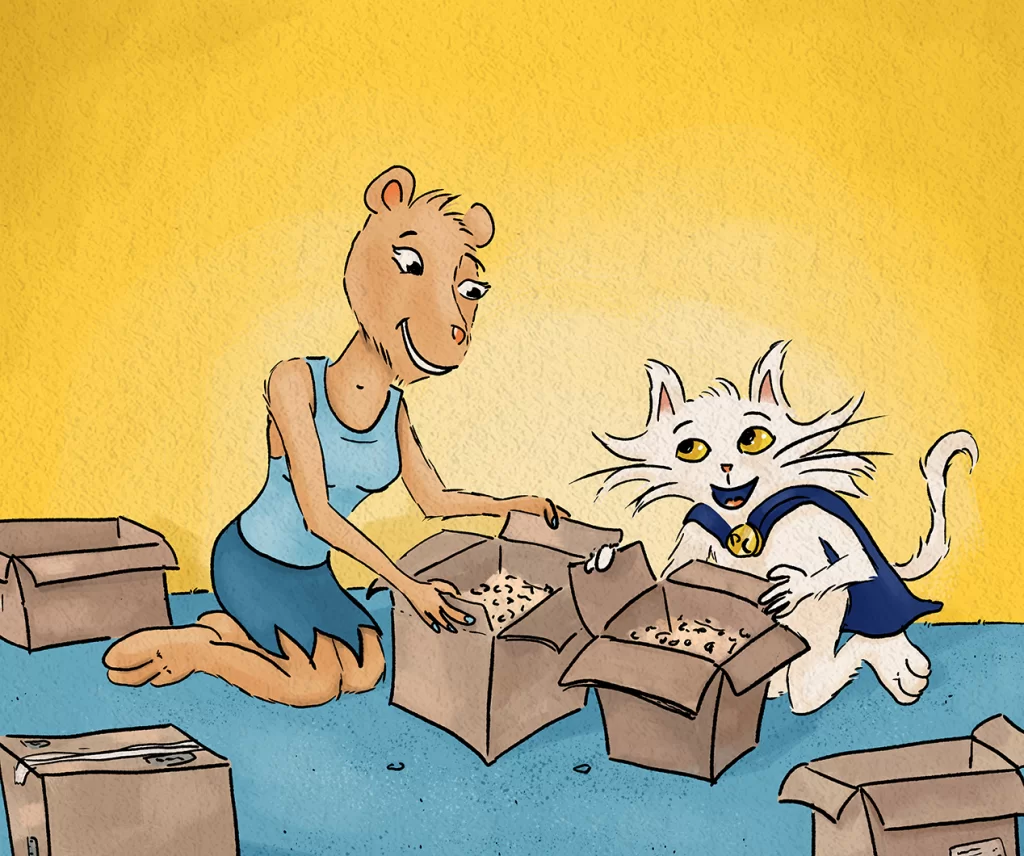
Weekly Challenge
Look through your own business. Do you see any opportunities to incorporate upcycling or considerations of product life cycles into your business model? (Hint: you can upcycle things that you didn’t manufacture, and you may also find ways to sell your own discarded products to a fellow manufacturer who has a way to upcycle them!
*Or someONE is nagging you online or in-person!
**Ok, maybe not in very specific situations where you’re making things out of waste, otherwise known as byproducts. We’ll be talking about those next time 🙂
Come back next time to learn how to stop scrapping your scrap!
